Home>Articles>How Much Does Siding Cost For A 2000 Sq Ft House
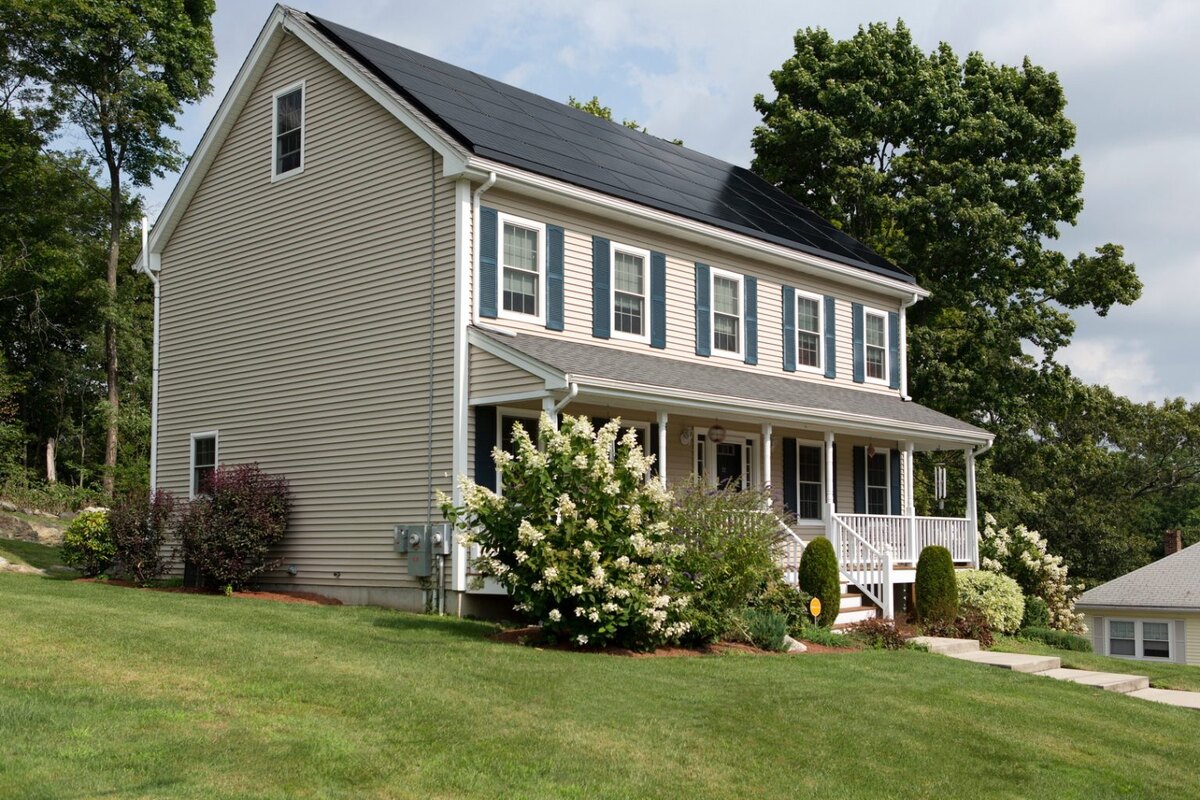

Articles
How Much Does Siding Cost For A 2000 Sq Ft House
Modified: October 21, 2024
Find out the average cost of siding for a 2000 sq ft house in this informative article. Explore different siding options and their prices to make an informed decision.
(Many of the links in this article redirect to a specific reviewed product. Your purchase of these products through affiliate links helps to generate commission for Storables.com, at no extra cost. Learn more)
Introduction
In today’s competitive world, it is important for homeowners to not only make their house look visually appealing but also protect it from various external elements. One way to achieve this is by installing siding. Siding not only enhances the aesthetics of a house but also acts as a protective layer to shield it from weather conditions, insects, and other potential damages.
As a homeowner, if you are considering installing siding for your 2000 square feet house, one of the first questions that may come to mind is, “How much will it cost?” The cost of siding can vary significantly based on multiple factors, including the type of siding material, the size of the house, labor costs, and any additional considerations. By understanding these factors, you can make an informed decision and plan your budget accordingly.
In this article, we will delve into the factors that affect siding costs, provide an overview of different siding materials, compare their costs, and break down the estimated expenses for installing siding on a 2000 square feet house. Additionally, we will explore some additional considerations and tips to help you save money on siding costs. So, without further ado, let’s dive in!
Key Takeaways:
- Understanding the factors affecting siding costs, exploring material options, and obtaining accurate estimates are crucial for homeowners planning a 2000 sq ft house siding project.
- By comparing quotes, considering mid-range materials, and exploring cost-saving options, homeowners can achieve a budget-friendly siding project without compromising quality or aesthetics.
Factors Affecting Siding Costs
When it comes to determining the cost of siding for your 2000 square feet house, several factors come into play. Understanding these factors will help you estimate the expenses accurately and make an informed decision:
- Siding Material: The type of siding material you choose will have a significant impact on the overall cost. Different materials come with their own price ranges. For example, vinyl siding is generally more affordable compared to wood or fiber cement siding.
- Quality and Brand: The quality and brand of the siding material can affect the cost. Higher-quality materials and renowned brands typically come with a higher price tag.
- Size of the House: The square footage of your house is an important factor in determining the amount of siding material needed. The larger the house, the more materials will be required, which will increase the total cost of the project.
- Architectural Complexity: The architectural complexity of your house can impact the labor costs. If your house has intricate designs, corners, or unique features, the installation process may require more time and expertise, leading to higher labor costs.
- Removal and Disposal: If your house already has existing siding that needs to be removed and disposed of, the cost will increase. The complexity of the removal process and the disposal fees can vary, affecting the total expenses.
- Additional Work: Any additional work required, such as repairing the underlying structure, replacing damaged materials, or installing insulation, can add to the overall cost of the siding project.
- Location: The location of your house can also impact the cost due to variations in labor rates, material availability, and local regulations or building codes that may affect the installation process.
- Seasonal Factors: Siding projects may be subject to seasonal fluctuations. Many homeowners choose to do their siding installations during spring or summer, leading to higher demand and potentially higher prices. Off-season installations may offer cost-saving opportunities.
It is essential to consider these factors when estimating the cost of installing siding for your 2000 square feet house. By understanding the variables at play, you can better anticipate the expenses involved and select the siding option that best fits your budget and requirements.
Types of Siding Materials
When it comes to siding materials, there are various options available, each with its own unique characteristics, benefits, and costs. Here are the most popular types of siding materials:
- Vinyl Siding: Vinyl siding is one of the most common and affordable options. It is made from polyvinyl chloride (PVC) and comes in a variety of colors, styles, and textures. Vinyl siding is low-maintenance, durable, and resistant to fading, cracking, and rot. It is also easy to install, making it a popular choice for many homeowners.
- Wood Siding: Wood siding offers a classic and natural look. Cedar, redwood, and pine are popular wood choices for siding. Wood siding can be stained or painted in various colors to match your aesthetic preferences. However, wood siding requires regular maintenance, including painting and sealing, to protect it from moisture, insects, and rot.
- Fiber Cement Siding: Fiber cement siding is a versatile and durable option that combines wood fibers, cement, and sand. It is resistant to fire, rot, insects, and harsh weather conditions. Fiber cement siding can mimic the appearance of wood, stucco, or masonry, providing a wide range of design options. Although fiber cement siding requires professional installation, it offers long-term durability and can last for decades.
- Aluminum Siding: Aluminum siding is lightweight, low-maintenance, and resistant to fire and insects. It can withstand harsh weather conditions and is available in various styles and colors. However, aluminum siding may dent easily and can fade over time. It is important to choose high-quality aluminum siding to minimize these issues.
- Engineered Wood Siding: Engineered wood siding is made from wood fibers, wax, and resins, providing a more affordable alternative to natural wood siding. It offers the look and feel of real wood, is resistant to moisture and insects, and requires less maintenance. Engineered wood siding can be painted or stained to achieve your desired aesthetic.
- Brick Siding: Brick siding is a durable and long-lasting option that offers a timeless aesthetic. It is resistant to fire, rot, and insects and requires minimal maintenance. Brick siding can be expensive, but it provides excellent insulation and can increase the value of your home.
- Stone Veneer: Stone veneer siding is made from thin slices of natural stone. It offers the beauty and elegance of natural stone at a fraction of the cost. Stone veneer siding is lightweight, durable, and requires minimal maintenance. It can be used to accent specific areas of your house or to cover the entire exterior.
Each siding material has its own pros and cons, and the cost will vary based on the material you choose. Consider your budget, desired aesthetic, maintenance requirements, and durability when selecting the siding material for your 2000 square feet house.
Cost Comparison of Different Siding Options
Now that we have explored the various types of siding materials available, let’s compare their costs. It is important to note that the costs provided here are approximate and can vary based on factors such as location, quality, brand, and any additional work required. Use these numbers as a general guideline:
- Vinyl Siding: Vinyl siding is the most affordable option, with an average cost of $2 to $7 per square foot. This makes it an attractive choice for homeowners on a budget. However, keep in mind that higher-quality vinyl siding may cost more.
- Wood Siding: Wood siding is a more expensive option, ranging from $6 to $15 per square foot. The cost can vary based on factors such as the wood species, thickness, quality, and whether it is natural or engineered wood. Additionally, regular maintenance and painting can add to the long-term costs.
- Fiber Cement Siding: Fiber cement siding is a mid-range option, with an average cost of $5 to $12 per square foot. While it is more expensive than vinyl siding, it offers durability, low maintenance, and a wide range of design options.
- Aluminum Siding: Aluminum siding typically costs between $3 and $6 per square foot. It is an affordable option, but keep in mind that it may dent easily and can require touch-ups to prevent fading.
- Brick Siding: Brick siding tends to be the most expensive option, with costs ranging from $8 to $20 per square foot. It offers durability, low maintenance, and a timeless aesthetic. Keep in mind that the cost can vary based on factors such as the type of bricks used and any additional work required for installation.
- Stone Veneer: Stone veneer siding is a more costly option, averaging around $10 to $30 per square foot. The price can vary depending on the type of stone veneer, thickness, and any additional installation requirements.
Remember, these are general cost ranges, and it is essential to obtain quotes from reputable contractors in your area to get a more accurate estimate for your specific project.
When comparing costs, consider not only the upfront expenses but also the long-term maintenance and durability of each siding material. Some materials may require more frequent repairs or maintenance, potentially increasing the overall cost of ownership over time.
The cost of siding for a 2000 sq ft house can vary based on the material, quality, and labor. On average, expect to pay between $7,000 to $25,000 for vinyl, $8,000 to $30,000 for fiber cement, and $13,000 to $50,000 for wood siding. Always get multiple quotes from reputable contractors to find the best price.
Cost Breakdown for a 2000 Sq Ft House
Now let’s break down the estimated costs for installing siding on a 2000 square feet house. Remember, these are approximate figures, and the actual costs may vary based on the factors mentioned earlier.
For the purpose of this breakdown, let’s assume we are using vinyl siding, which is a popular and cost-effective option:
- Siding Material: The cost of vinyl siding typically ranges from $2 to $7 per square foot. For a 2000 square feet house, this would amount to approximately $4,000 to $14,000.
- Labor Costs: Labor costs can vary depending on the complexity of the installation, location, and contractor rates. On average, labor costs for siding installation can range from $2,000 to $6,000 for a 2000 square feet house.
- Removal and Disposal: If there is existing siding that needs to be removed and disposed of, it can add to the overall cost. Removal and disposal costs can vary, but budgeting an additional $1,000 to $2,000 is a reasonable estimate.
- Additional Work: If any additional work is required, such as repairing the underlying structure or installing insulation, it can add to the overall cost. These expenses can range from a few hundred dollars to several thousand, depending on the extent of the work needed.
- Permits and Fees: Depending on your location, you may need to obtain permits for the siding installation. Permit costs can vary, so it is important to check with your local authorities for specific requirements and associated fees.
Taking these factors into account, the total estimated cost for installing vinyl siding on a 2000 square feet house can range from approximately $7,000 to $25,000.
However, it is important to note that these figures are just a general guideline. It is recommended to obtain quotes from multiple contractors in your area to get a more accurate estimate based on your specific requirements and location.
Additionally, it is advisable to set aside some extra funds as a contingency for any unexpected expenses that may arise during the installation process.
By understanding the cost breakdown, you can better plan your budget and explore different siding options that fit within your financial means.
Additional Considerations for Siding Installation
When planning for the installation of siding on your 2000 square feet house, there are a few additional considerations to keep in mind. These factors can impact the overall cost and the success of your siding project:
- Insulation: Consider whether you want to add insulation to improve energy efficiency and thermal performance. This can help reduce heating and cooling costs and make your home more comfortable. Insulation costs can vary but typically range from $1 to $3 per square foot.
- Trim and Accessories: Think about whether you want to incorporate any trim or additional accessories, such as corner pieces, window trims, or decorative elements. These details can enhance the overall appearance of your house but may add to the cost.
- Maintenance and Longevity: Research the maintenance requirements of the siding materials you are considering. Some materials may require more frequent cleaning, repainting, or sealing, adding to the long-term costs. It is also important to consider the lifespan of the siding material to assess its durability and value over time.
- Warranty: Check the warranty provided by the manufacturer or contractor for the siding material and installation. A strong warranty can provide you with peace of mind and protect your investment in case of any issues or defects.
- Color and Design: Consider the color options and design choices available for the siding material you choose. It is important to select a color and style that complements the architectural style of your house and fits your personal aesthetic preferences.
- Proper Installation: Siding installation is a specialized task that requires skill and expertise. Ensure that you hire experienced and reputable contractors who have a track record of successful siding installations. Improper installation can result in leaks, premature damage, and costly repairs down the line.
- Local Regulations: Familiarize yourself with any local regulations or building codes that may dictate the type of siding materials allowed or specific installation requirements. Compliance with these regulations is essential to ensure the safety and legal compliance of your project.
By considering these additional factors, you can make more informed decisions regarding your siding installation. It is important to conduct thorough research, consult with professionals, and gather multiple quotes to ensure that you have a comprehensive understanding of the cost, maintenance, and overall feasibility of the project.
Remember, investing in high-quality materials, proper installation, and regular maintenance can contribute to the longevity and value of your home’s exterior for years to come.
Tips for Saving Money on Siding Costs
Installing siding on your 2000 square feet house doesn’t have to break the bank. Here are some tips to help you save money on siding costs:
- Compare Quotes: Obtain multiple quotes from reputable contractors to compare prices, services, and materials. This allows you to choose the best option that fits within your budget without compromising on quality.
- Consider Material Efficiency: Some siding materials, such as vinyl or fiber cement, offer a range of efficiency options. Look for higher insulation ratings or thickness options that can help improve energy efficiency without significantly increasing costs.
- Opt for Mid-Range Materials: Consider choosing siding materials that strike a balance between cost and quality. Mid-range options, such as fiber cement or engineered wood, can offer durability, aesthetics, and reasonable costs compared to premium materials like brick or stone veneer.
- Explore Remnant or Overstock Materials: Check with local suppliers for remnant or overstock materials that are discounted. These materials may be perfectly suitable for your project and can come at a reduced price.
- Do Some of the Work Yourself: If you have the skills and experience, you can save money by taking on some of the siding installation tasks yourself. However, make sure to consult with professionals and understand the complexities of the installation process to avoid potential mistakes.
- Consider Off-Season Installations: Siding contractors tend to be busier during peak seasons, which can drive up prices. Schedule your siding installation during the off-peak seasons when contractors may offer discounts or reduced rates.
- Reuse Existing Materials: If your existing siding is in good condition, explore the possibility of reusing or repairing it instead of opting for a complete replacement. This can significantly reduce the cost of the project.
- Maintain Regular Maintenance: Proper and regular maintenance of your siding can extend its lifespan and prevent costly repairs. Cleaning, painting, and sealing as recommended by the manufacturer can help avoid potential damages and prolong the need for replacement.
- Ask for Financing Options: Some contractors may offer financing plans or payment options that can help you manage the cost of the project over time. Inquire about these possibilities to ensure they align with your financial situation.
Remember, while it’s essential to save money, compromising on the quality of materials or the expertise of the contractor may lead to costly repairs or replacements in the future. Strike a balance between cost savings and ensuring the longevity and value of your siding investment.
By implementing these money-saving tips, you can make your siding project more budget-friendly without sacrificing the quality and aesthetic appeal of your 2000 square feet house.
Conclusion
When considering the installation of siding for your 2000 square feet house, it is important to understand the factors that affect costs, explore the various siding materials available, and carefully plan your budget. By doing so, you can make an informed decision that aligns with your preferences and financial means.
We learned that factors such as the siding material, quality, size of the house, architectural complexity, removal and disposal, and additional work all impact the overall cost. Vinyl siding tends to be the most affordable option, while brick siding is usually the most expensive. Each siding material has its own unique features and maintenance requirements, which should be considered when making a choice.
Having a cost breakdown for a 2000 square feet house can help you estimate the expenses involved. However, it is important to obtain quotes from multiple contractors and consider additional factors like insulation, trim, maintenance, and local regulations to get a more accurate estimate.
If you’re looking to save money on siding costs, consider comparing quotes, opting for mid-range materials, exploring remnant or overstock options, doing some of the work yourself (if you have the skills), considering off-season installations, reusing existing materials, and maintaining regular maintenance.
In conclusion, investing in quality siding for your house not only enhances its visual appeal but also serves as a protective barrier against external elements. By understanding the cost factors, exploring the materials available, and making wise decisions, you can successfully complete your siding project within your budget while achieving the desired aesthetic and long-term durability.
Take your time to research, consult with professionals, and make an informed choice that aligns with your preferences, budget, and the unique characteristics of your 2000 square feet house. With the right planning and execution, you can transform the exterior of your house and enjoy the benefits of a well-protected and visually appealing home.
Ready to upgrade your home's exterior even further? Dive into our guide on long-lasting siding materials to ensure your home not only looks great but stands up to the elements year after year. And if you're considering a full home makeover, don't miss our insights on the best hardwood floors for home renovation, perfect for adding warmth and elegance to any space. These resources are packed with essential tips to help you make the best choices for your home.
Frequently Asked Questions about How Much Does Siding Cost For A 2000 Sq Ft House
Was this page helpful?
At Storables.com, we guarantee accurate and reliable information. Our content, validated by Expert Board Contributors, is crafted following stringent Editorial Policies. We're committed to providing you with well-researched, expert-backed insights for all your informational needs.
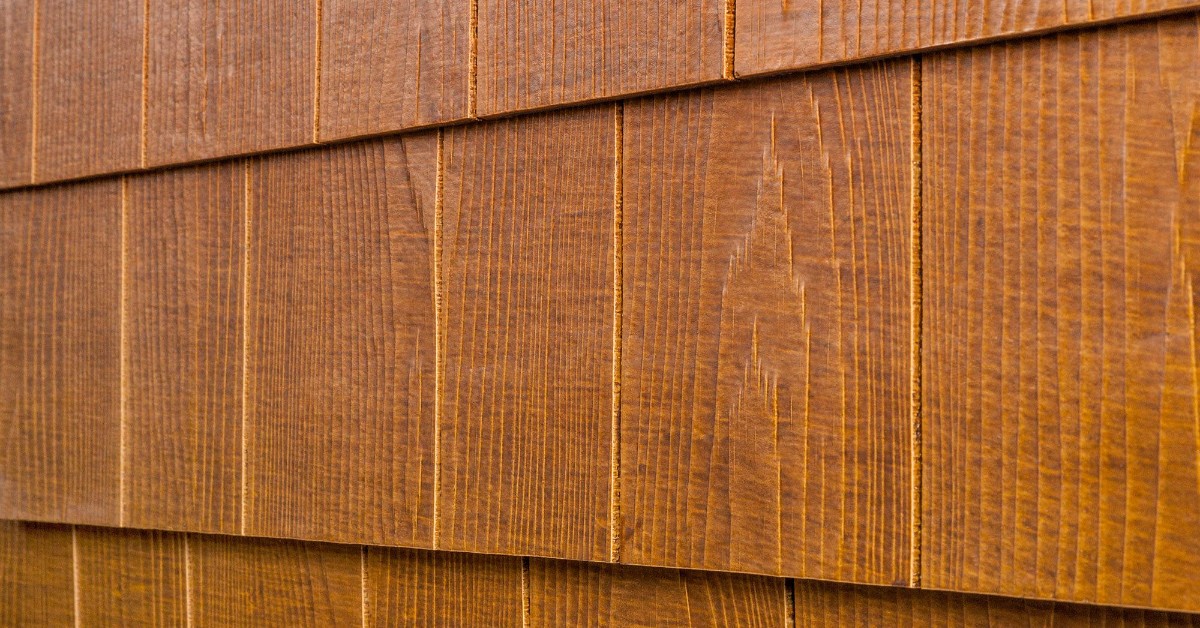
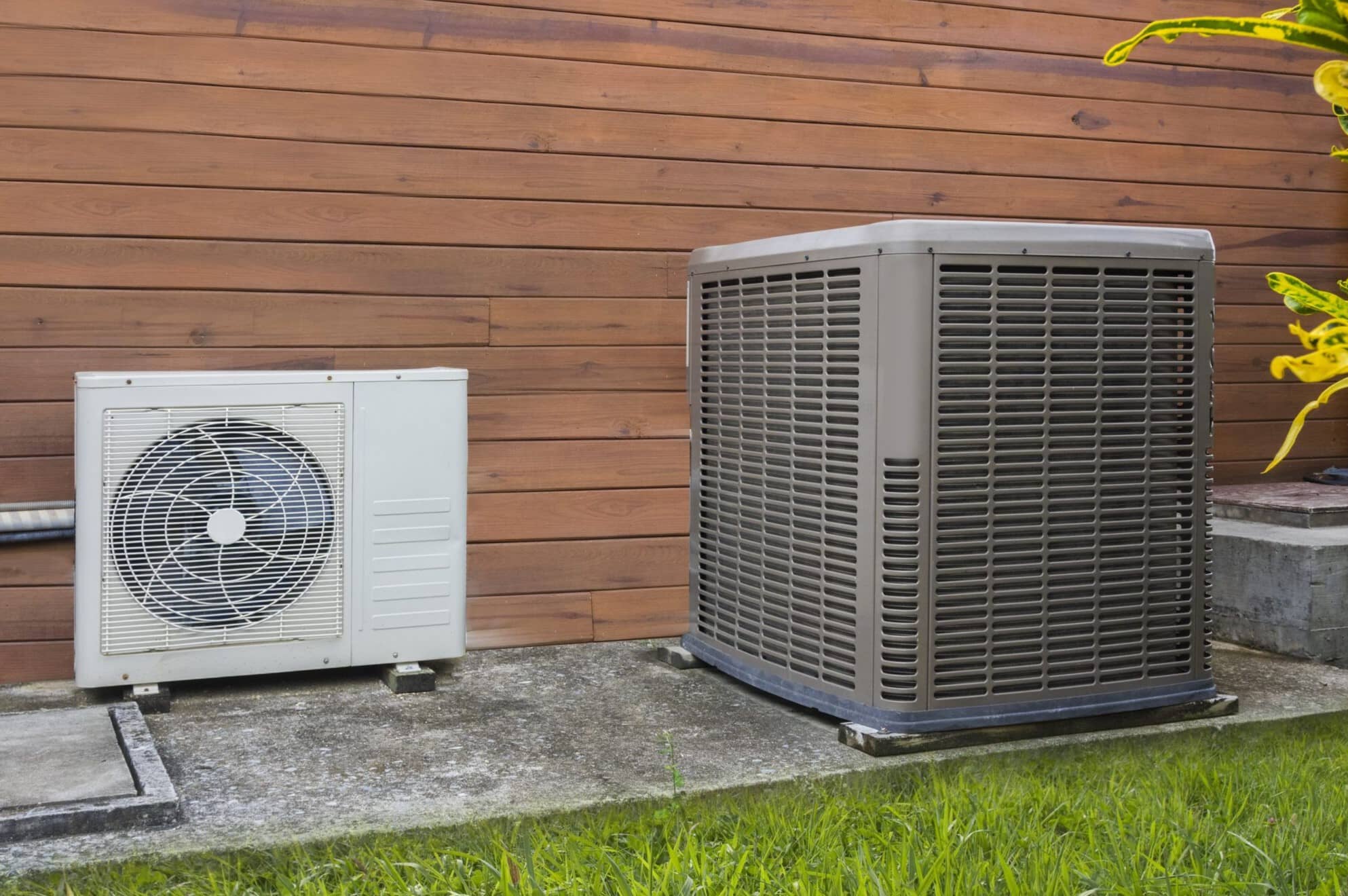
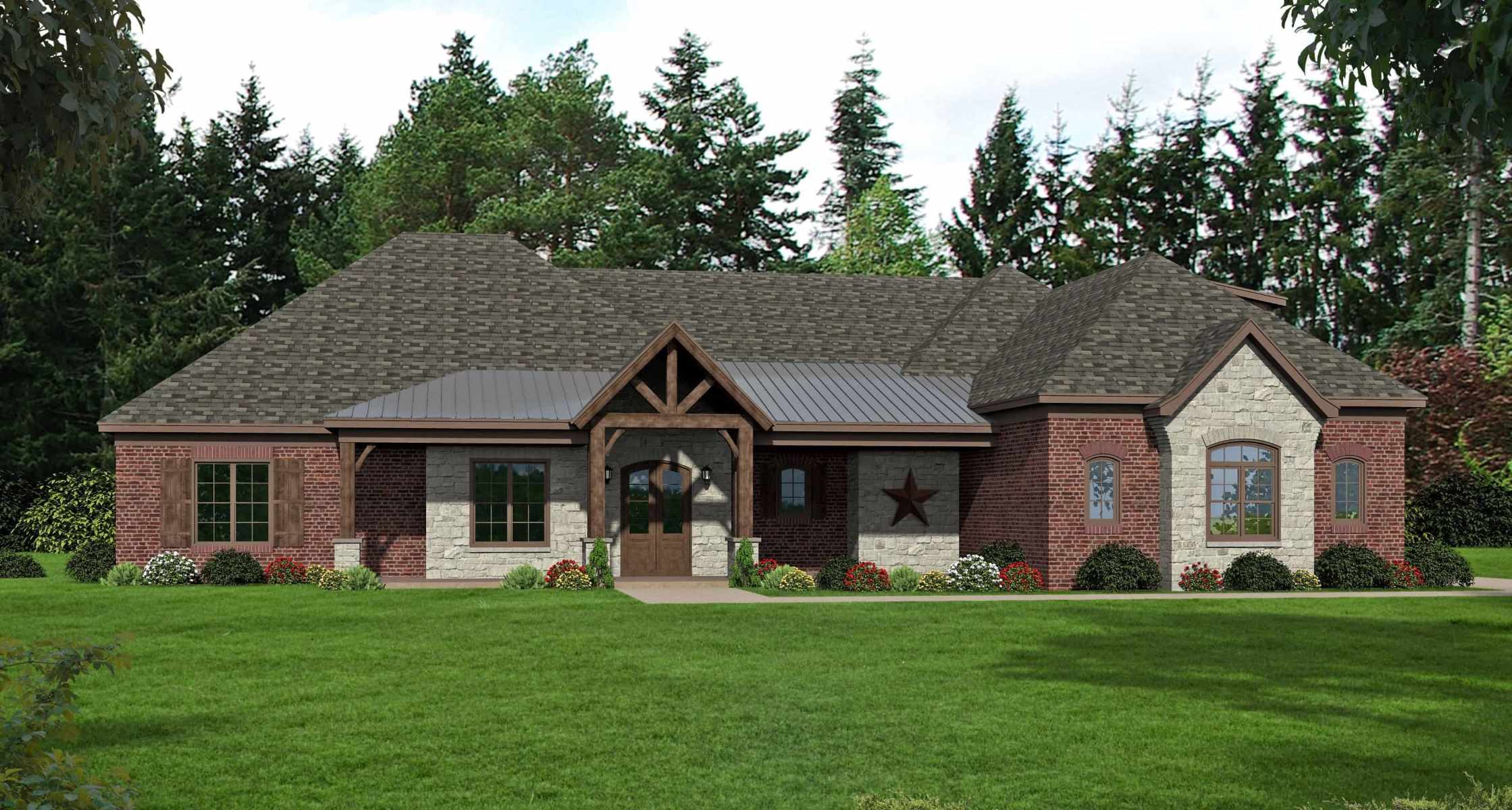
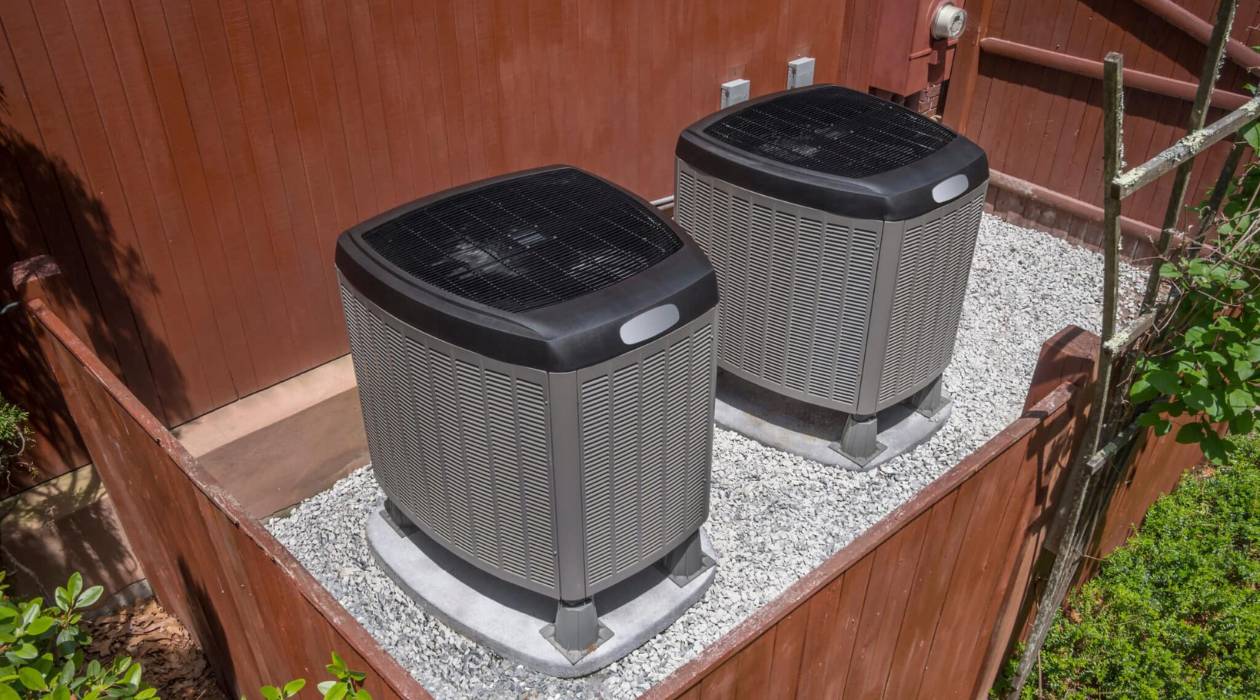
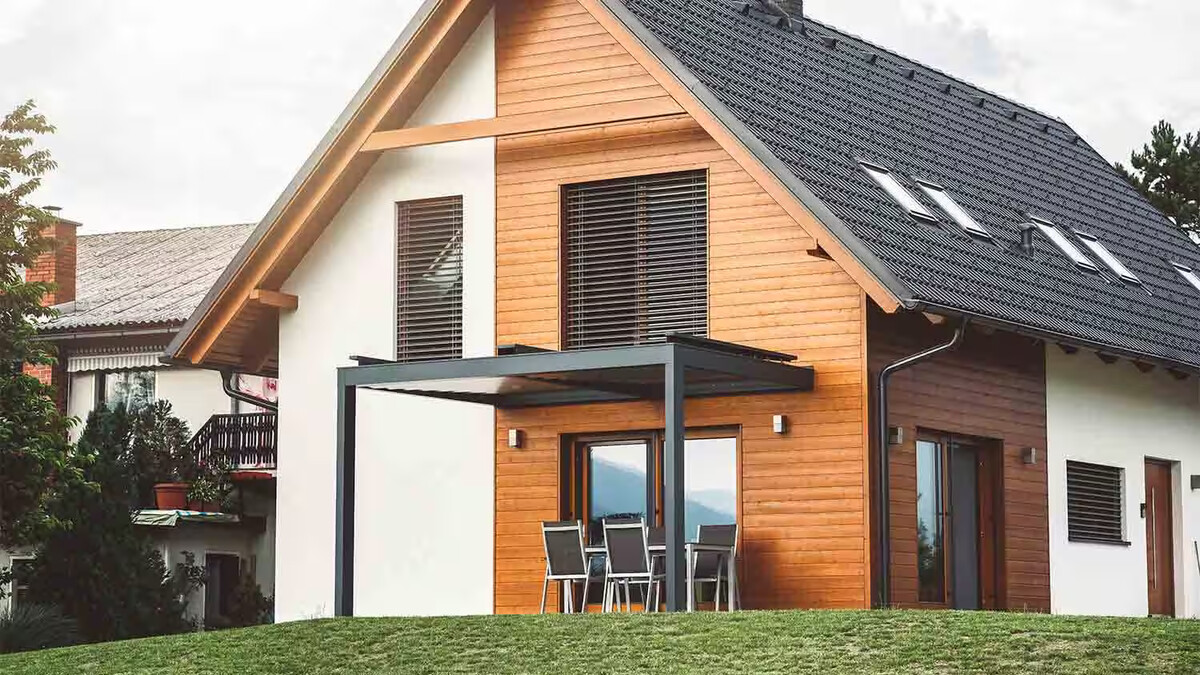
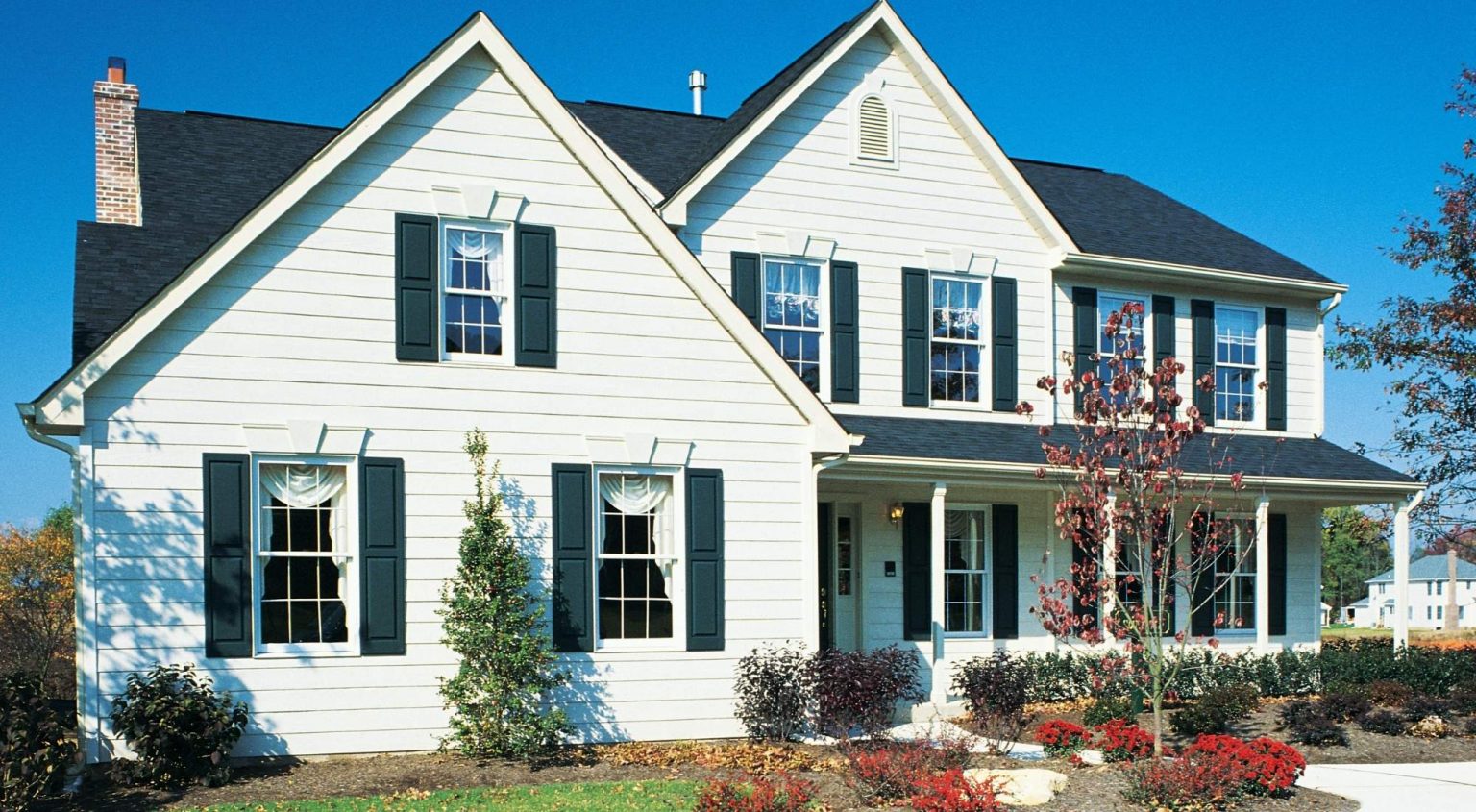
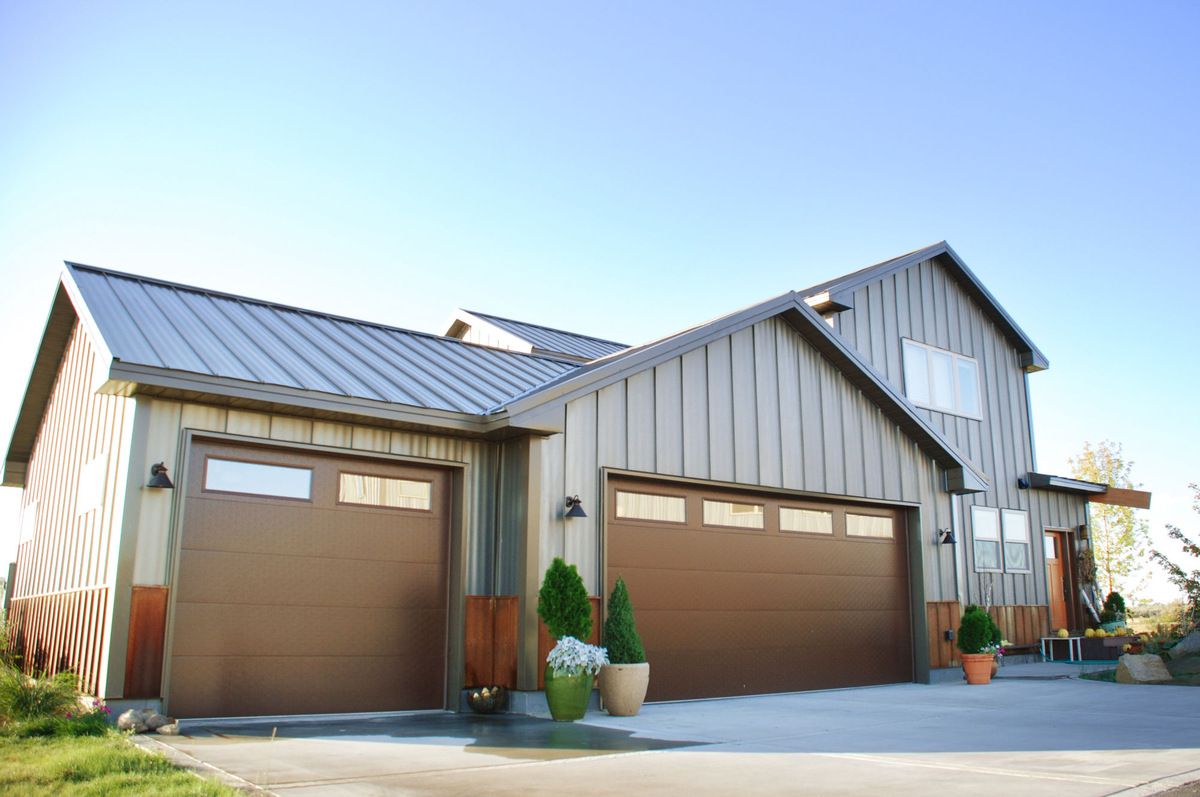

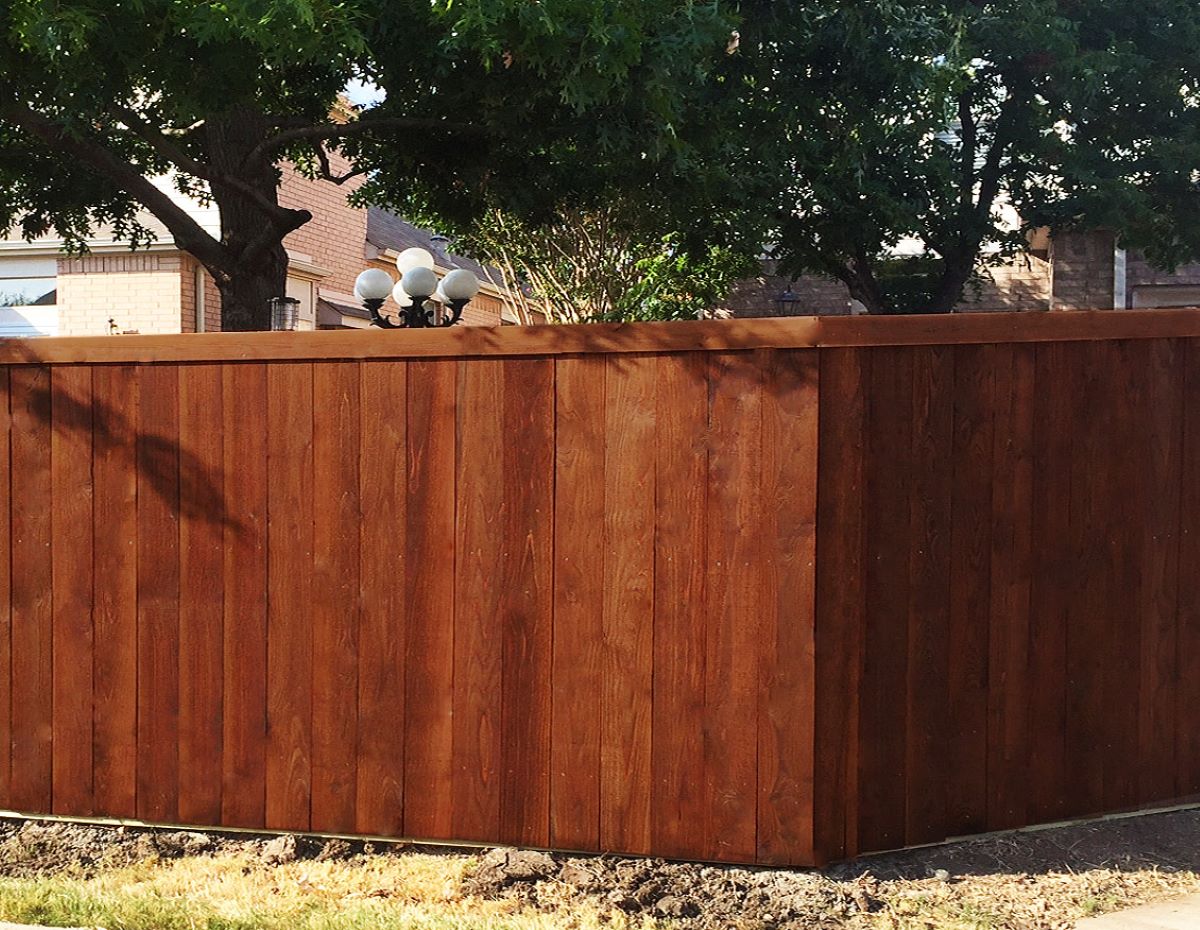
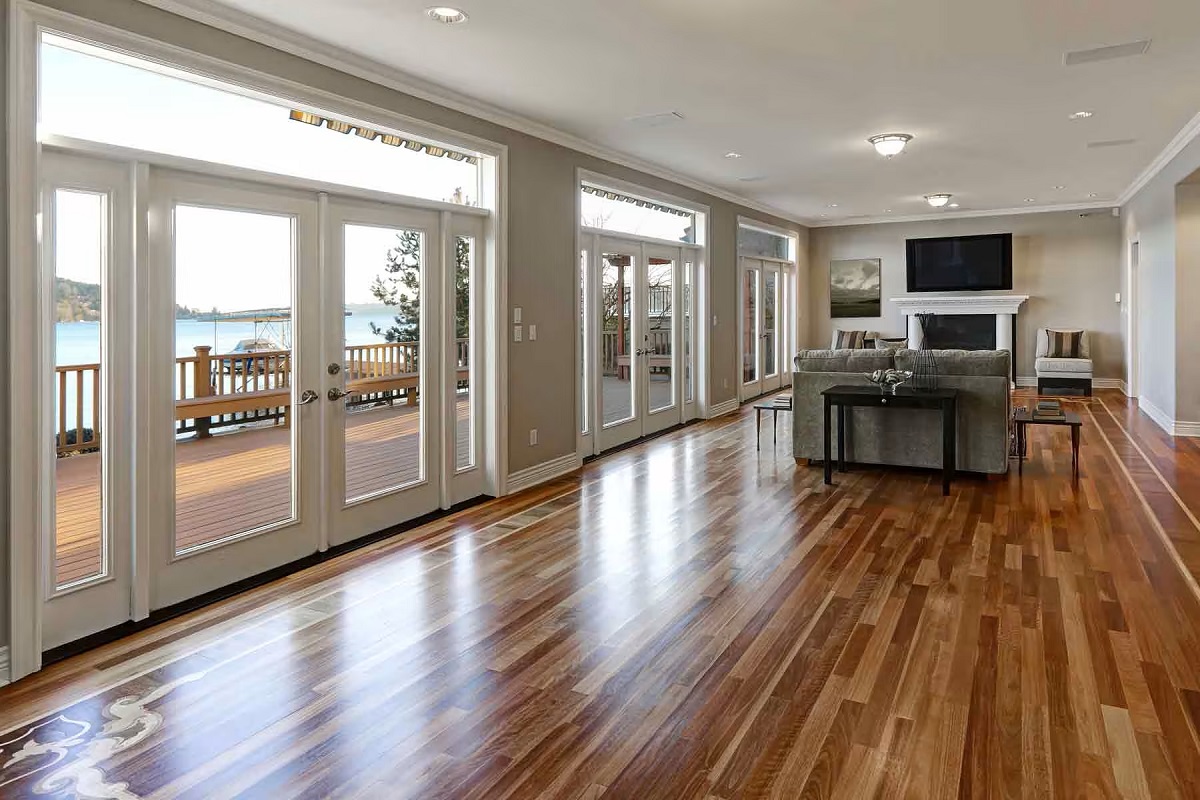
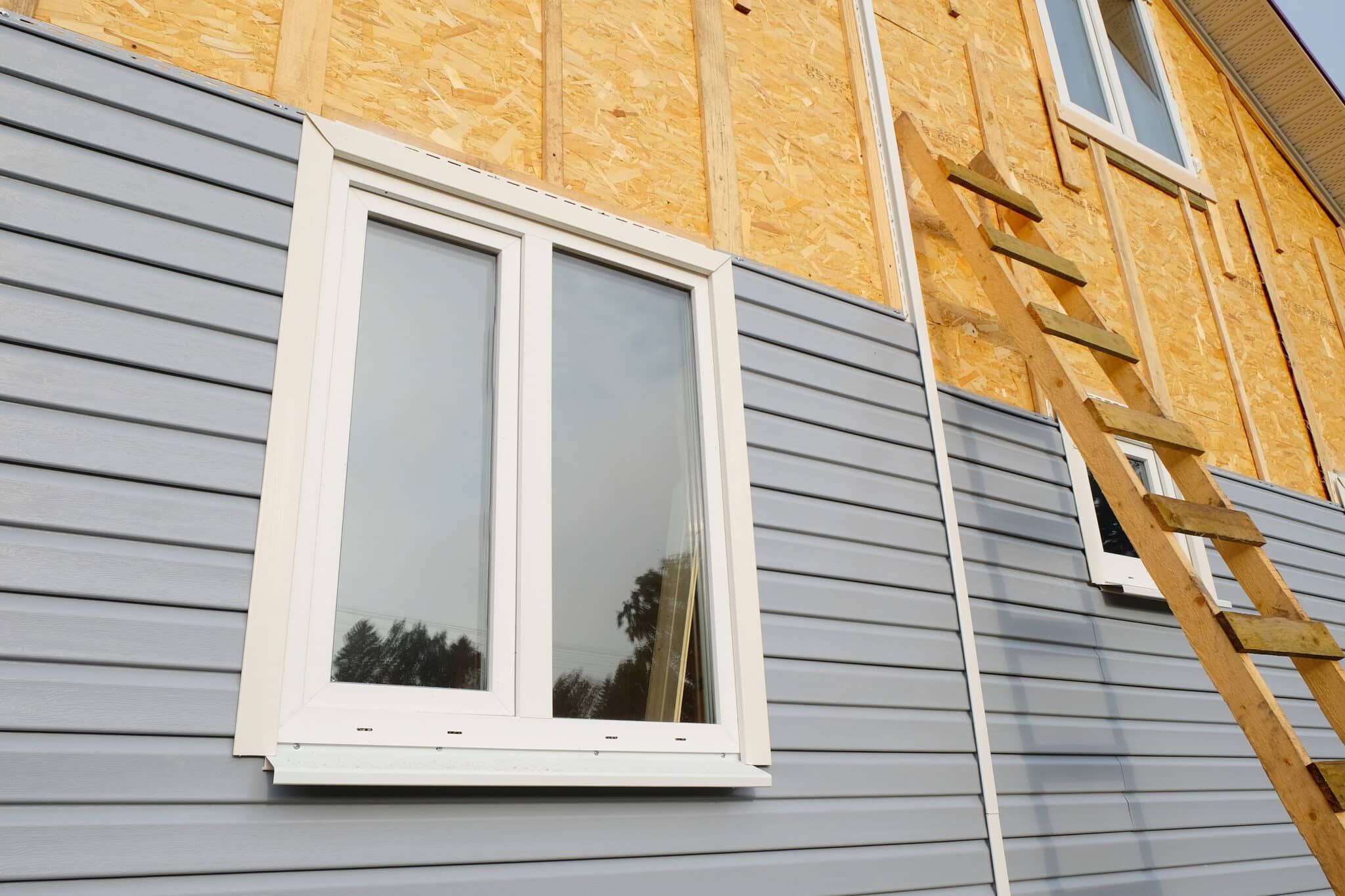
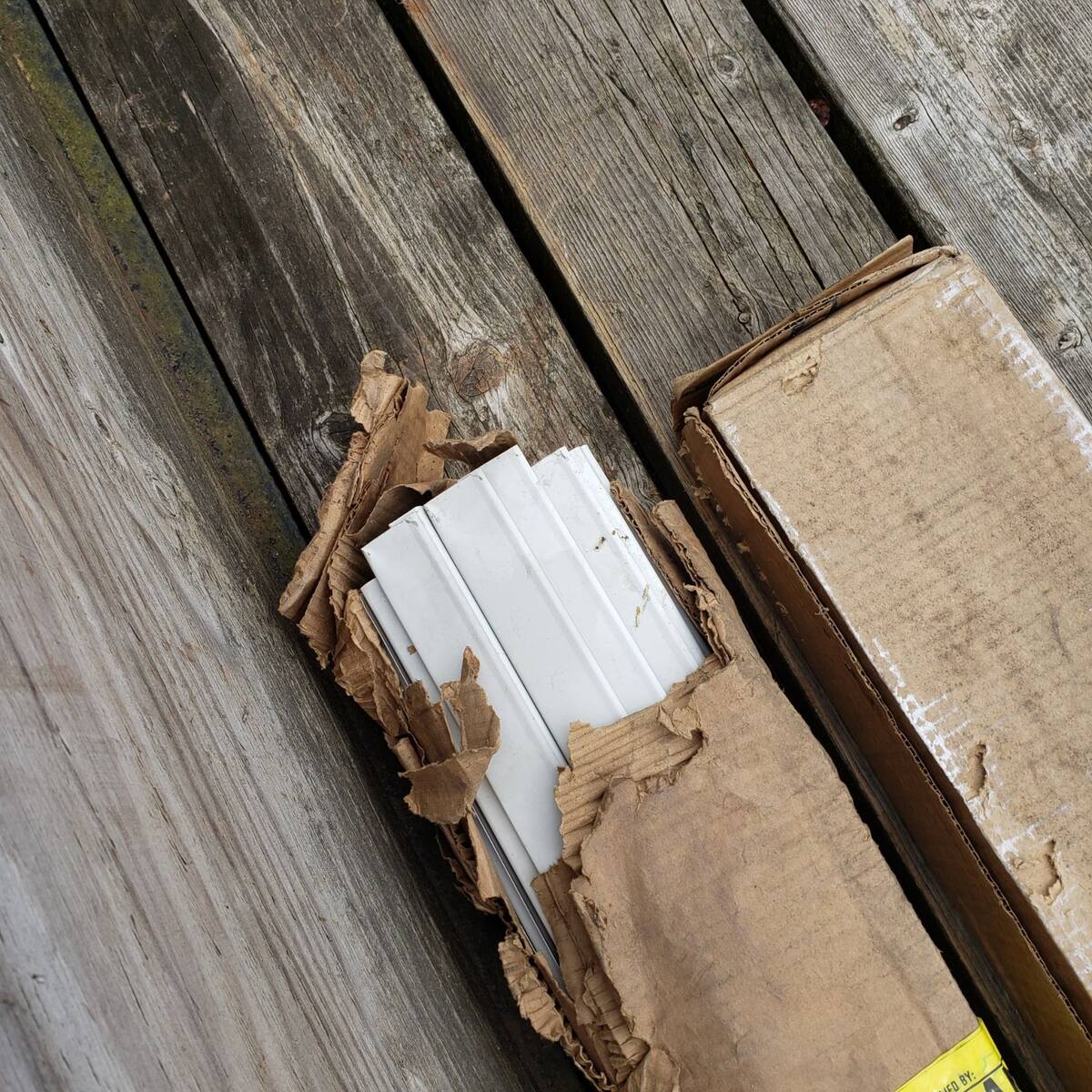
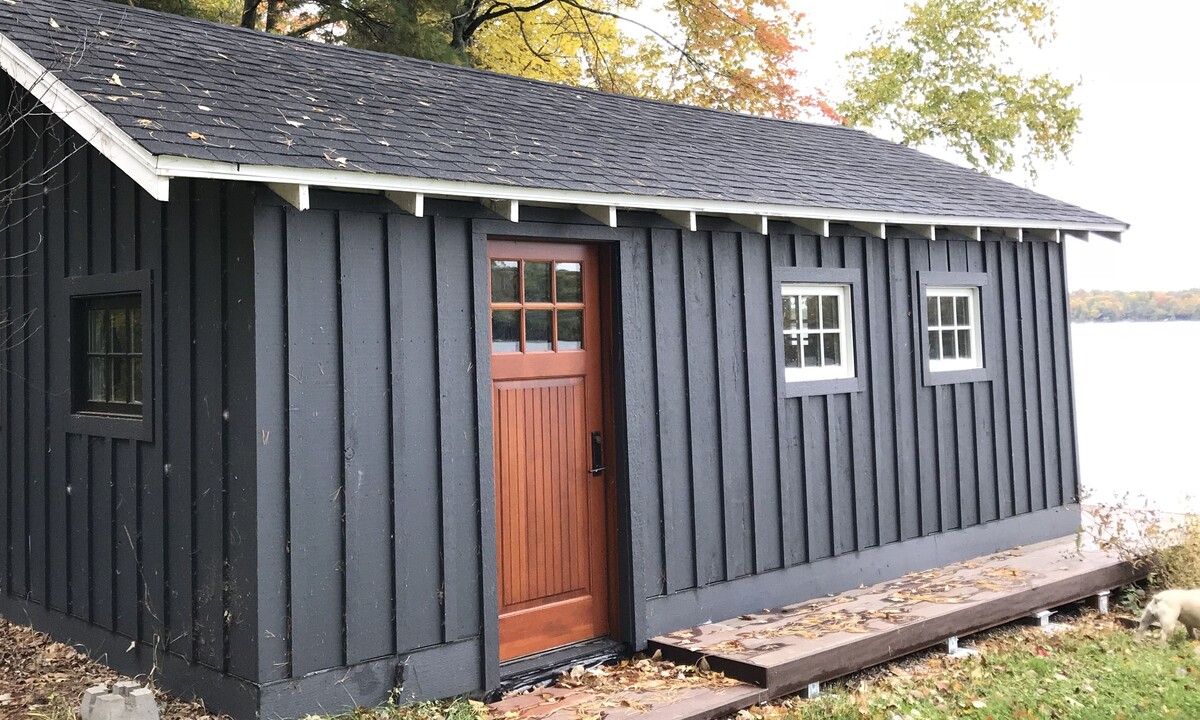
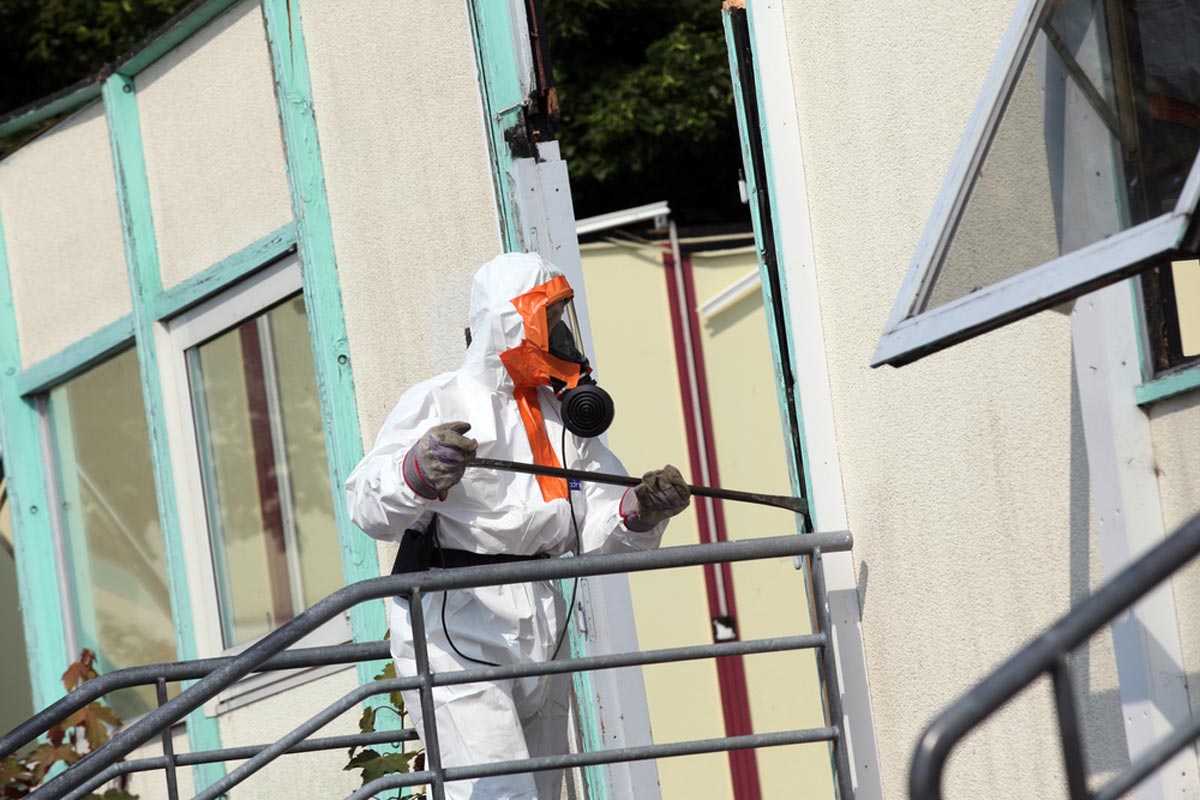

0 thoughts on “How Much Does Siding Cost For A 2000 Sq Ft House”